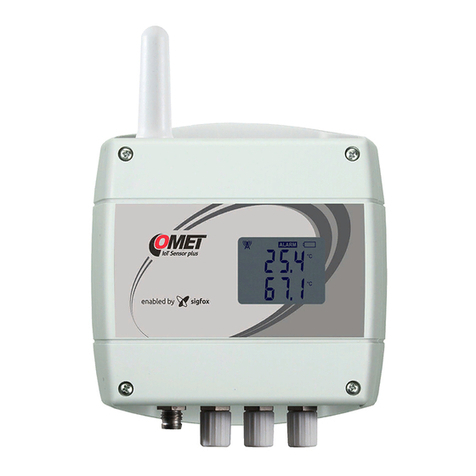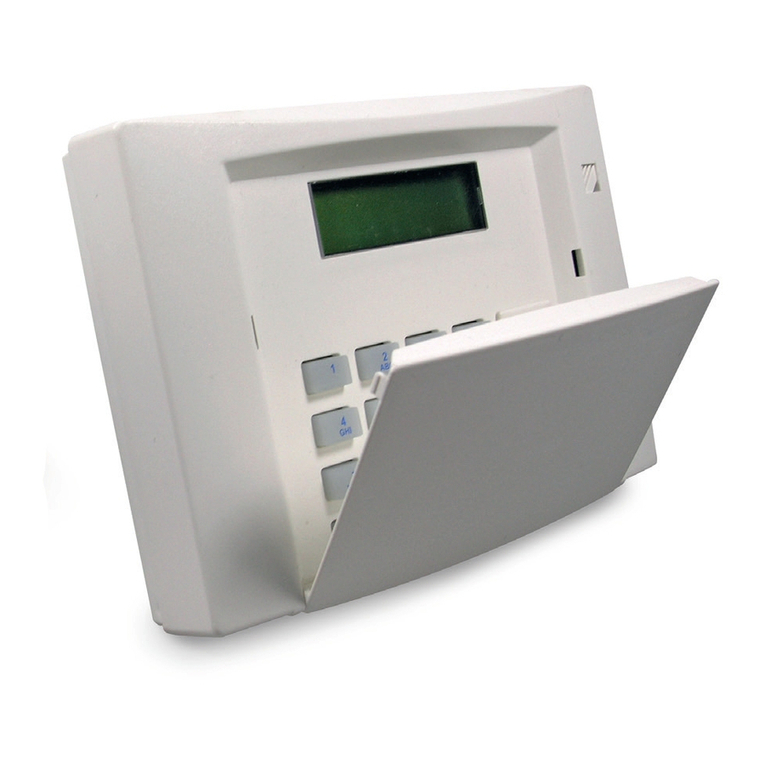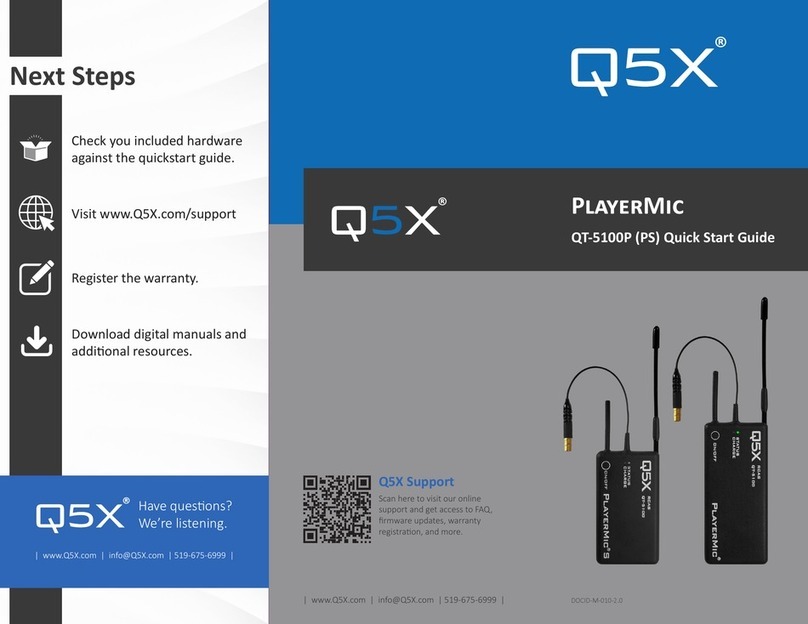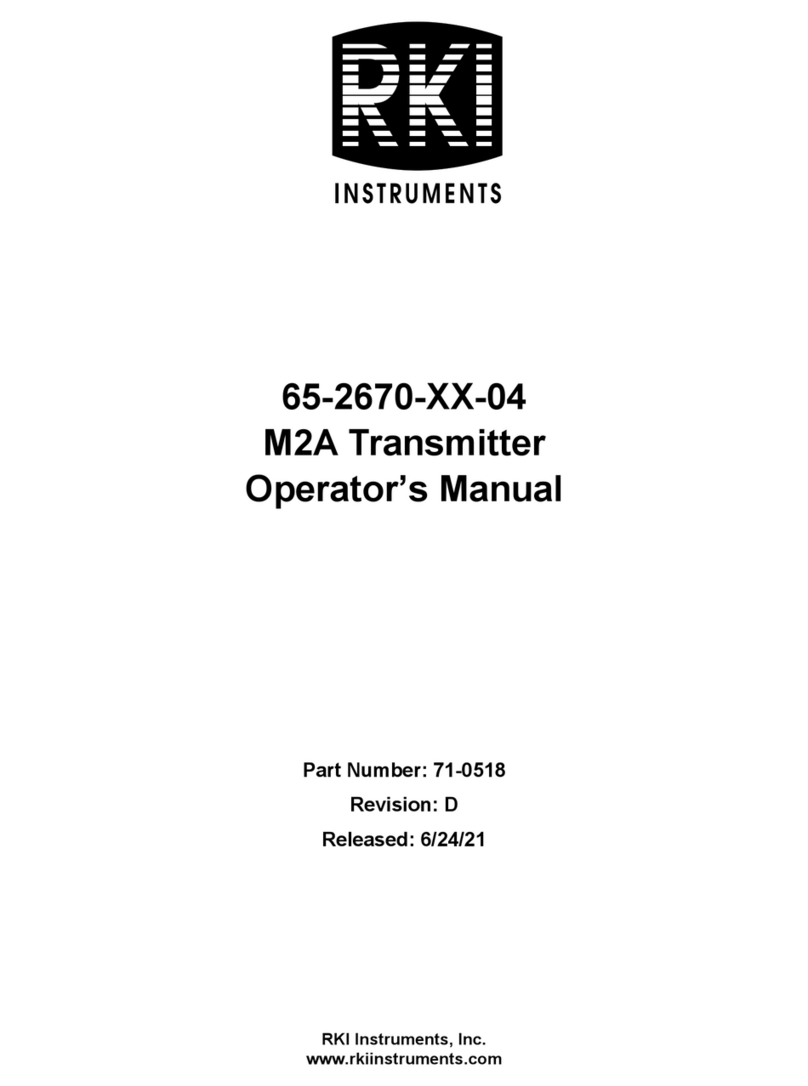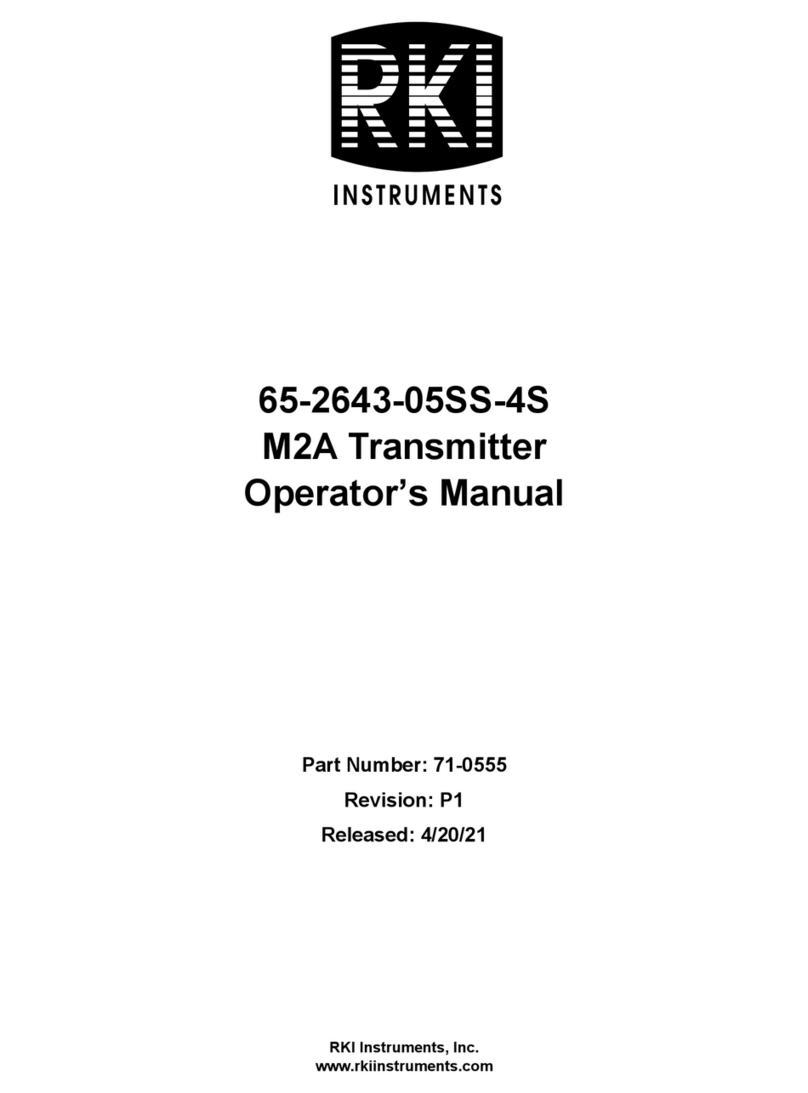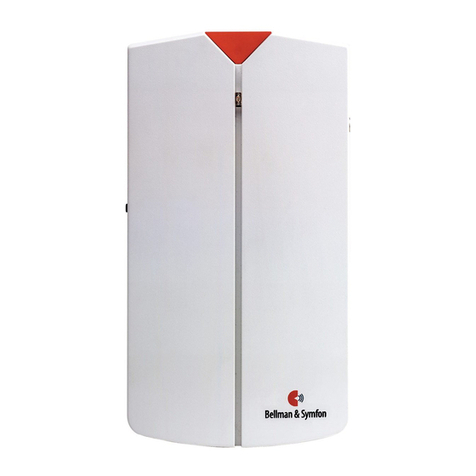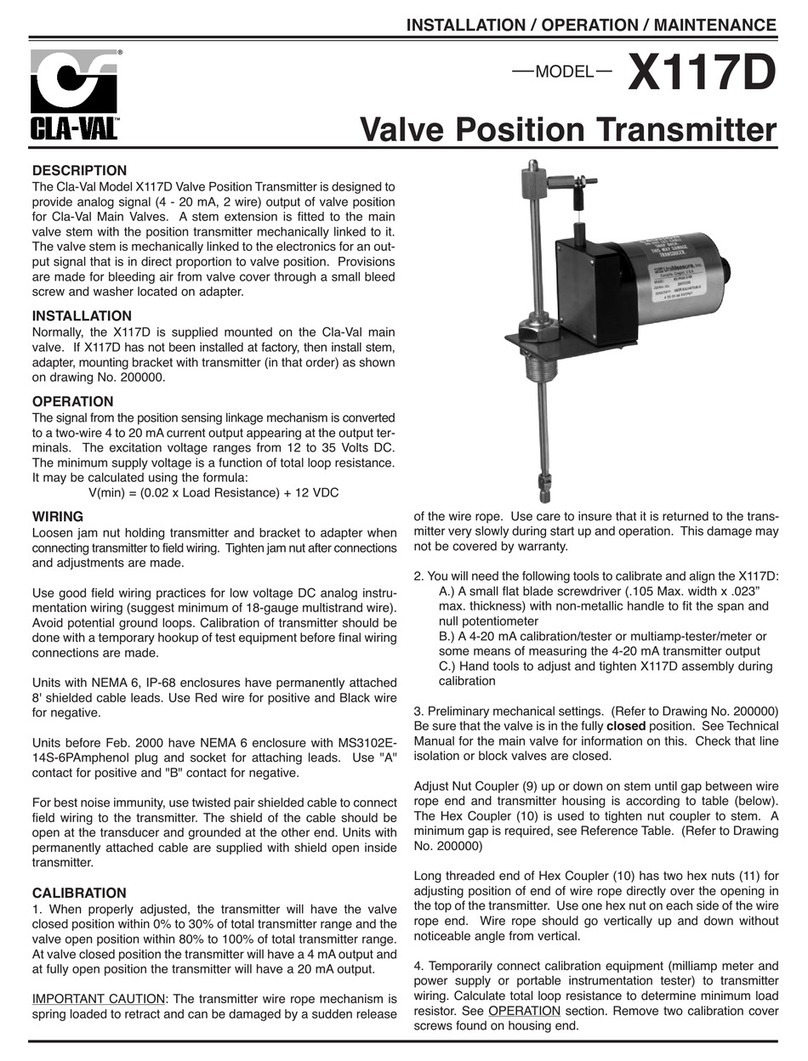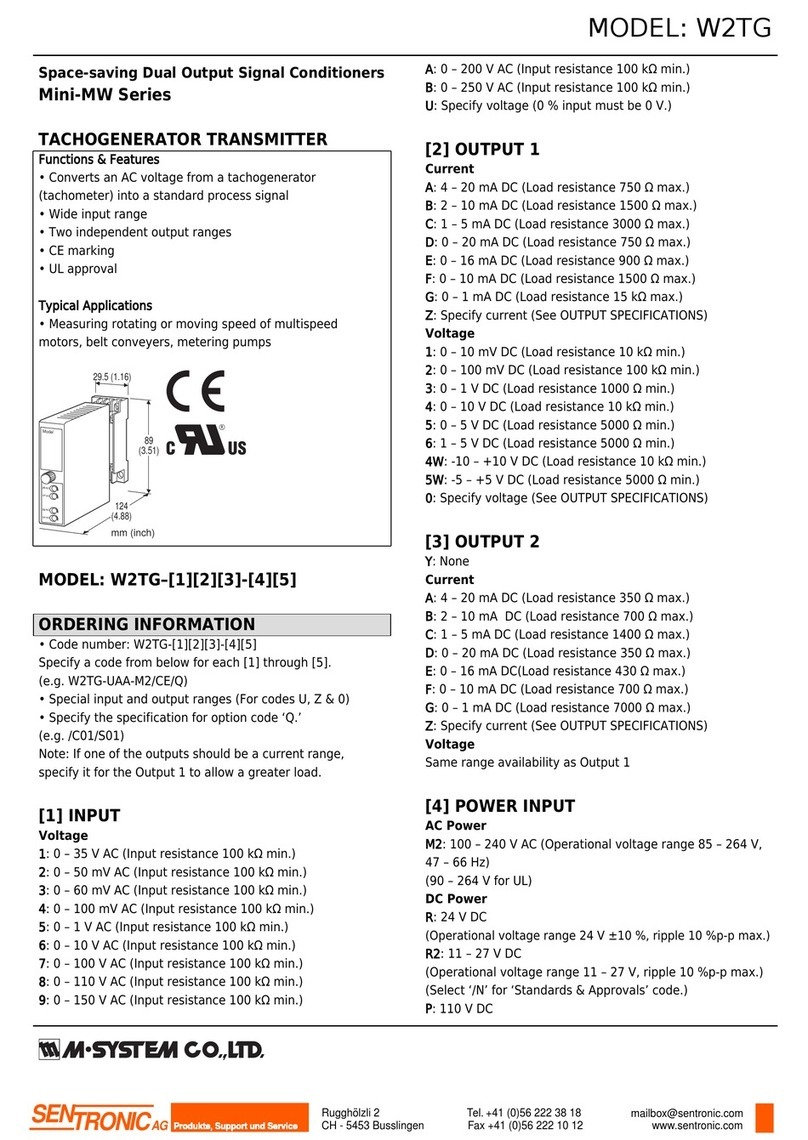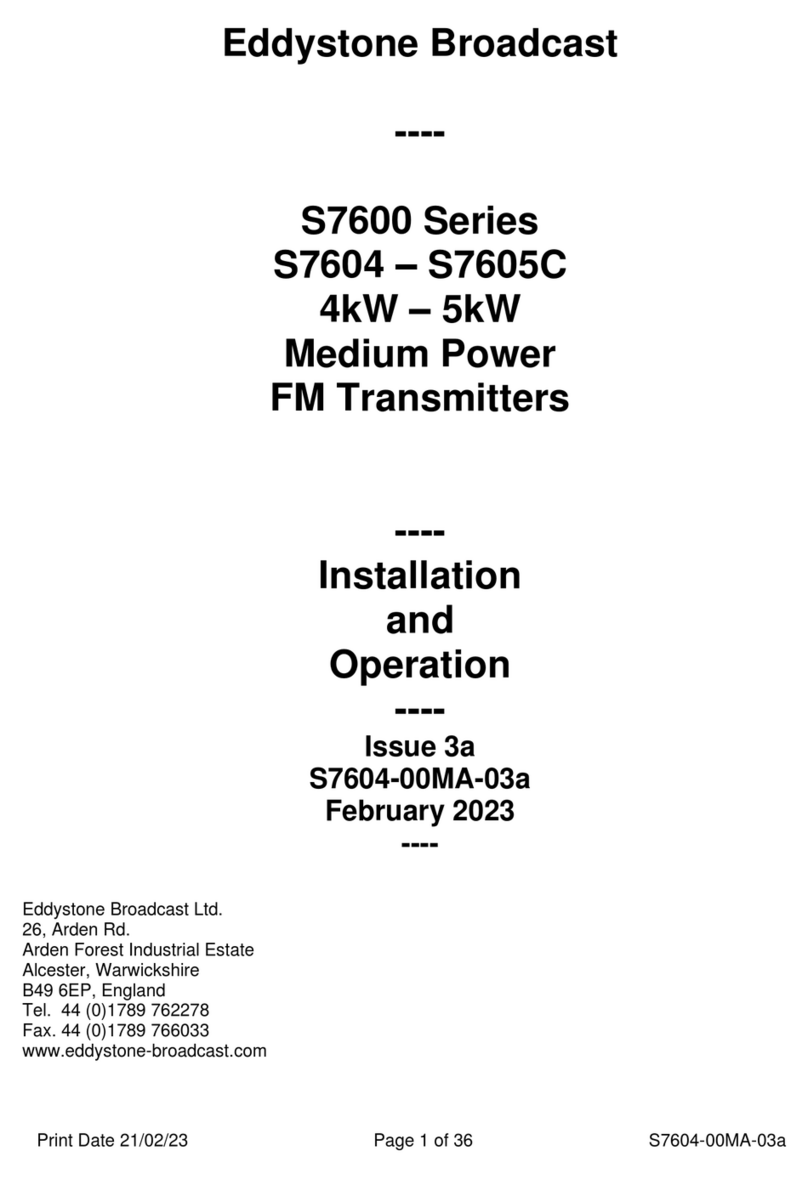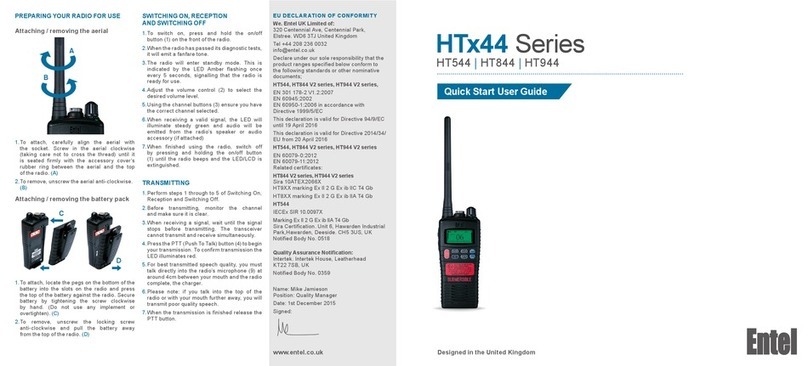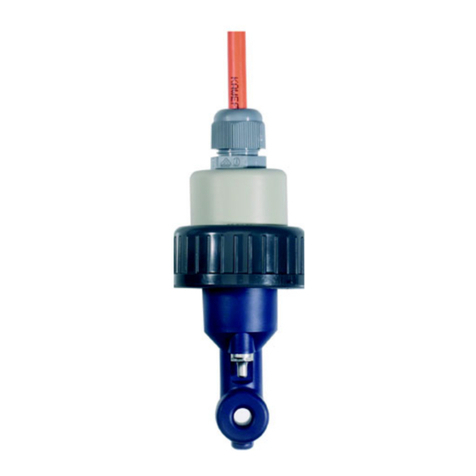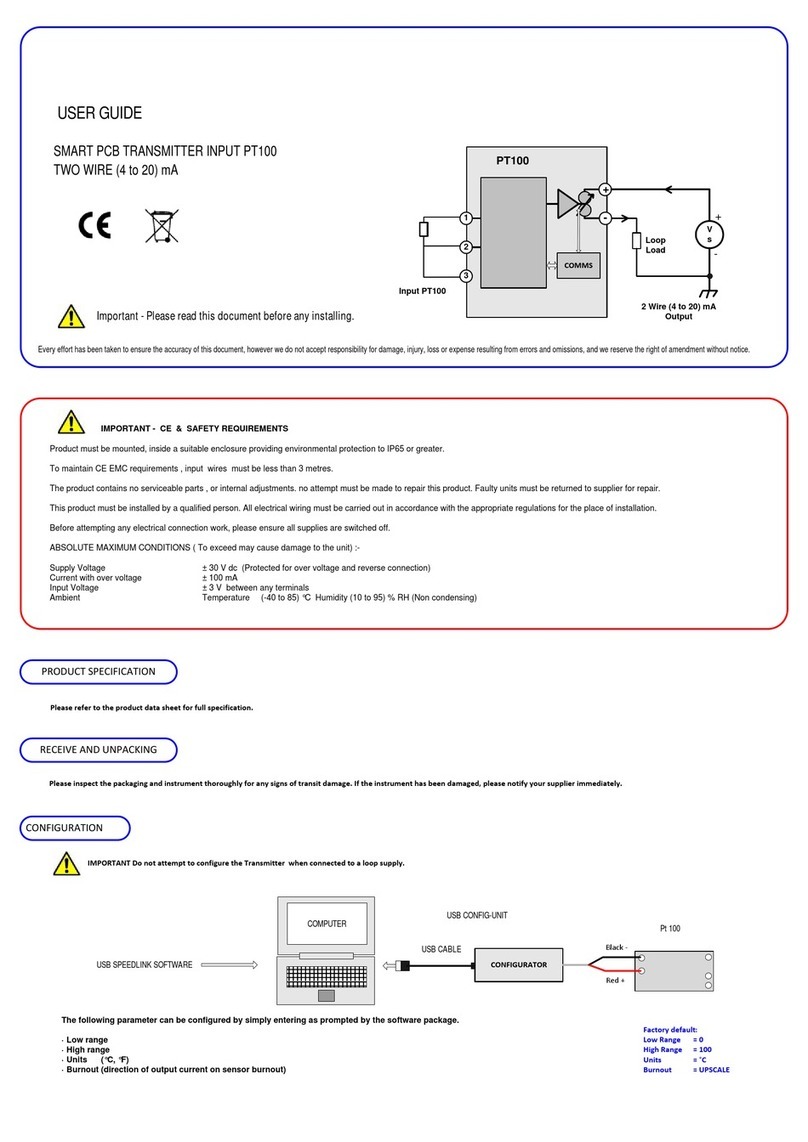
Print Date 04/01/11 Page 7 of 42 E2165-00MA-04
and also automatically mutes the Exciter’s output. The microprocessor also generates a mute signal
under various circumstances (e.g. when the synthesiser is out of lock) this signal being directed via
the safety ‘Interlock’ relay. This relay will itself provide an over-riding mute signal if the external
Interlock line is open-circuited, irrespective of any internal Exciter condition.
Two sockets are provided on the Main Board for the connection of optional modules (/S Stereo
Encoder etc.). The connections are standardised and the microprocessor will automatically recognise
and provide appropriate control and monitoring of whatever module is fitted to whatever socket (‘Plug
and Play’ - this also applying to the sockets for connection to the Front Panel and Amplifier Modules).
The optional module sockets both have a Composite/MPX output connection from the module, which
is directed to a relay which can be set to select which of the two possible module outputs is directed to
the rear panel Composite output connector and ‘Loop’ switch (and hence back to the modulator).
1.1.3 : 150/300W Amplifier Module, Control and Power Supply
The 150/300W Amplifier Module is fitted on a fan-cooled heatsink which runs between the front and
rear panels. To reduce ingress of dust, nearly all of the forced air is directed over the heatsink fins with
only a small ‘bleed’ of air over components mounted on the heatsink surface itself. The Module can
provide at least 150W or 300W output, from the low level drive from the Main Board, using single
ended driver and ‘push-pull’ output Mosfets. This output device is an integrated 50Ωgain block
consisting of a dual RF Mosfet transistor with matching sections at its input and output. This ‘pallet’ is
mounted on an aluminium block and is easily replaced as a unit if required.
The maximum output power level is determined by the Power Supply fitted (36V for 150W, 48-50V for
300W). The output power level is set by the bias voltage applied to the output Mosfet by the Control
Board. A range of approximately 40W to 150W (XE150) or 40W to 300W (XE300) is provided. A lower
range of typically 10W to 40W can be set by internal option links (see section 2.3.2).
The Amplifier Module also contains an output low pass filter in a separate screened section (nine
section Tchebycheff giving a very high level of attenuation at harmonic frequencies) followed by a
directional coupler to measure output forward and reverse power. Sensors to measure heatsink
temperature and output Mosfet current are also provided. Voltages from the coupler and sensors are
fed to the Control Board to enable accurate setting of forward output power, with a automatic reduction
in that power if reverse power, heatsink temperature or output Mosfet current becomes excessive.
A low level sample of the output power is taken from the Amplifier Module (after the low pass filter
section) to feed the front panel RF MON output connector.
As already described, the Control Board contains (analogue) circuitry to generate a control reference
voltage to set the bias voltage applied to the output Mosfet in the Amplifier Module. This control
voltage is initially set by the front panel SET POWER control to generate a desired power output level.
Excessive reverse power, heatsink temperature or amplifier current, above preset ‘trip’ points, then
automatically adjusts the set control voltage, gradually reducing the output power (‘fold-back’). Various
muting or external interlock conditions also over-ride the set control voltage, instantaneously reducing
the power output to a minimum.
A microprocessor on the Control Board provides all monitoring of the hardware on the board, including
analogue to digital conversion of forward/reverse power, heatsink temperature, amplifier current and
set power level. It also interfaces, via a serial data link, with the hardware control microprocessor on
the Main Board (RS485 bus – section 1.1.2). Digitised versions of all the mentioned levels and various
fault conditions (low power, power fail etc.) are sent to the Main Board and then onwards for display
on the Front Panel or remotely. A separate hardware ‘watchdog’ circuit monitors the running of the
microprocessor’s program and provides a Front Panel PA - CPU led warning if the program fails to
run, and puts the adjacent PA - FWD, REV, TEMP and CURRENT leds all off (their indications would
be invalid in this circumstance).
The Power Supply is a universal input, switched mode design, with a power rating and output voltage
dependent on the maximum output power from the Exciter. The XE150 has a 36V, 300W supply and
the XE300 has a 48-50V, 600W supply. Its single output is fed to the 12V Supply and Fan Control
Board (section 1.1.5).




















